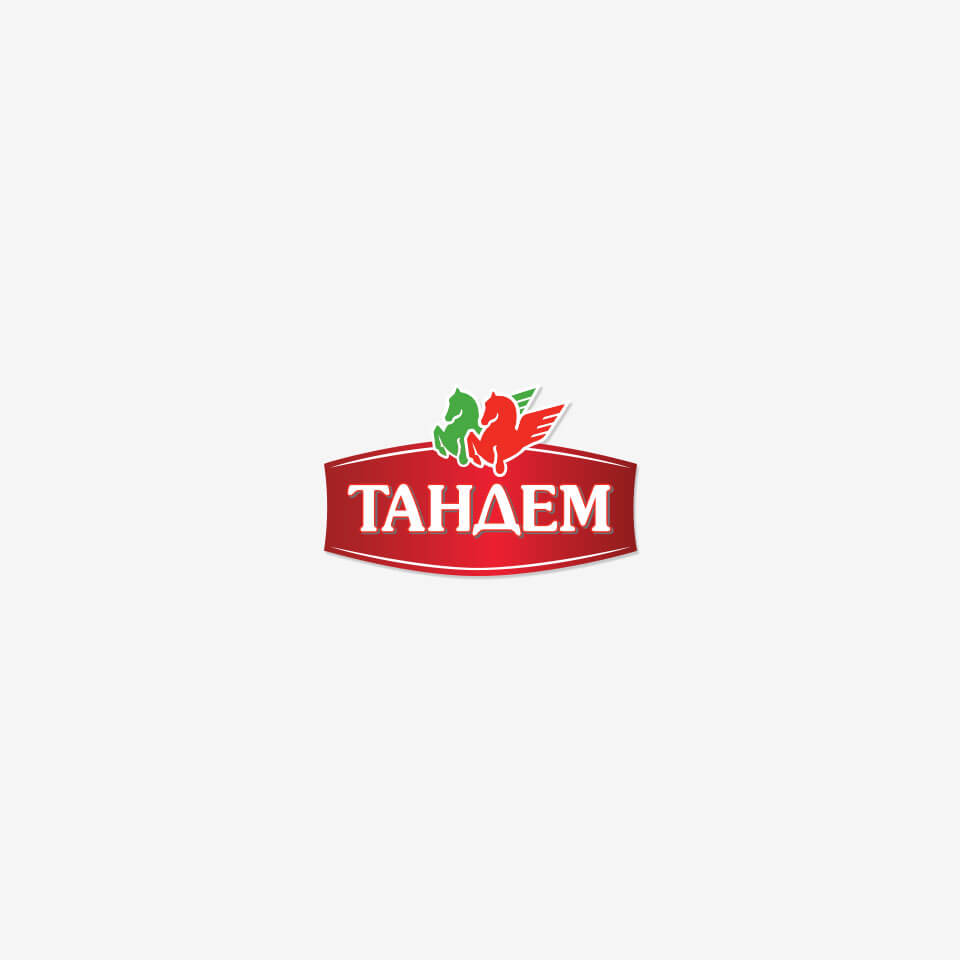Manufacturer’s responsibility
The responsibility of food manufacturers lies in the manufacturing and supply of safe and high-quality products. According to the legal requirements, the manufacturer is obliged to implement a system of self-control to effectively manage the safety and quality in the manufacturing process. The main standards used in developing the rules of operation and hygiene in each manufacturing process are:
• Good Manufacturing Practices – they are the first step in building a self-monitoring system, covering basic procedures related to employee personal hygiene, workplace hygiene and a number of other technological rules. The originated in American manufacturers in 1938.
• НАССР (Hazard Analysis and Critical Control Point) – a system for analysis and assessment of hazards that may arise at any stage in the food manufacturing process. Based on this assessment, the manufacturer takes preventive measures to ensure the safety of the finished product. In order to perform effective control during the manufacturing process, the so-called critical control points are identified. These include separate operations of the technological process; strict records are kept for a number of parameters related to those operations, such as temperature and time. Controlled parameters are extremely important for the safety of the finished product. It was designed under a NASA project in the 1960s. Initially applied by American manufacturers in 1994.
• ISO 22000 (International Organization for Standardisation) – this standard by the International Organisation for Standardisation regulates the requirements for food safety management systems which every certified manufacturer must strictly enforce. The organisation was established in the UK in 1947.
• IFS (International Food Standard) – introduced in Germany in 2002 to unify food safety requirements for manufacturers in order to achieve maximum transparency throughout the supply chain. The standard sets requirements for the nature, conduct and formatting of audit results, and the requirements for the certification authorities and auditors. It includes 250 requirements; out of these, 10 are the so-called “knock-out requirements”. The standard has two levels – high and low. The high level guarantees coverage of over 95% of the criteria.
